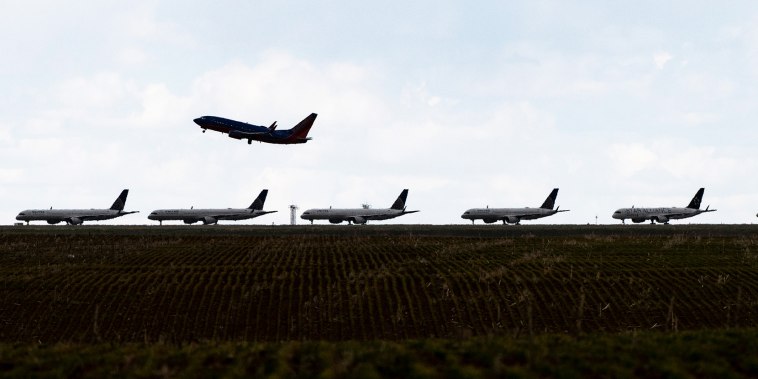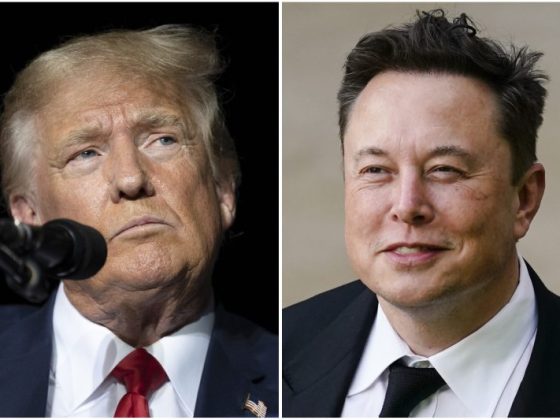Aviation incidents have undoubtedly become part of global news headlines, capturing public interest with increasing frequency. Nevertheless, aviation experts unanimously hold that the public has no reason to be apprehensive. This seemingly paradoxical stance may initially be challenging to grasp but becomes far more lucid when examined under the objective lens of statistical fact, technological evolution, and industry regulations.
To understand the apparent proliferation of aviation incidents, it’s essential to first acknowledge the impact of media coverage and social networks. Technological advancements have significantly augmented the velocity at which news travels, making any incident, whether trivial or severe, highly visible to a global audience. Furthermore, the prevalence of social media increases the likelihood that on-the-spot evidence from an event will emerge, amplifying public perception of frequency. Therefore, the apparent increase in aviation incidents more likely reflects the evolution of information dissemination rather than an actual growth in occurrence.
Although accidents may seem rampant, actual data provides a comforting contradiction. According to the International Civil Aviation Organization (ICAO), aviation fatalities per billion passenger kilometers have shown a consistent downward trend over the last few decades. This statistic indicates that one’s odds of being involved in an airplane accident remain astonishingly low. Industry watchdogs like ICAO and other independent aviation safety networks annually report decreasing accident rates, despite the fact that air traffic is steadily rising. This reveals the continuous effort made by the aviation industry towards safety improvement.
Technological progress in the aviation industry is a key component in maintaining this safety track record. Modern aircraft are equipped with sophisticated flight systems that supplement the work of highly trained pilots. Today’s airplanes are capable of accurately displaying situational data, predicting potential hazards, and even taking emergency action when required. Redundancies in airplane design ensure that even if one system fails, there are alternates in place to minimize potential risks.
To further solidify the safety of aviation, stringent industry regulations are in place. Aviation organizations around the world set and enforce demanding safety standards. From the meticulous planning and scrutiny of flight paths to comprehensive and regular aircraft inspections, the industry leaves no stone unturned in anticipating and preventing potential incidents. These global aviation best practices have resulted in the continuous downward trend of aviation accidents and fatalities.
Incidents involving prominent airlines or in major airports garner universal attention, which inadvertently magnifies the perceived prevalence of such events. High-profile accidents understandably lead to a heightened awareness and caution around airline safety. However, this perception doesn’t accurately reflect the reality.
Each reported aviation incident, however, acts as a catalyst for industry-wide reflection, review, and reform. Investigations conducted following accidents lead to detailed reports that play instrumental roles in improving safety protocols, equipment design, and crew training. This symbiotic relationship between incidents and safety improvements results in a continuously improving aviation industry.
While certain news headlines seem to suggest an alarming trend in aviation incidents, the reality is far from it. Augmented by a cycle of media exposure, the rise in perceived incidents doesn’t translate to an actual increase in danger. With safety at its core, the aviation industry continues to uphold its reputation as one of the safest forms of travel, backed by decades of continuous technological advancements, comprehensive regulations, and stringent safety protocols.











